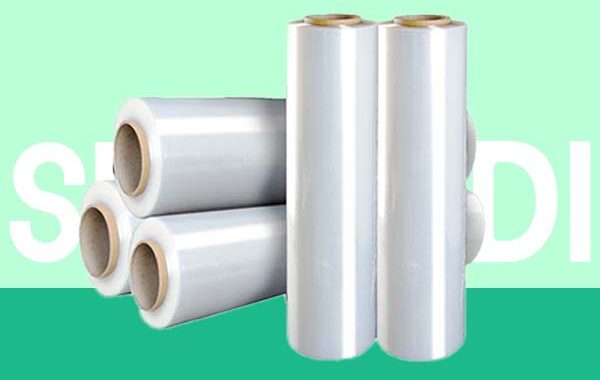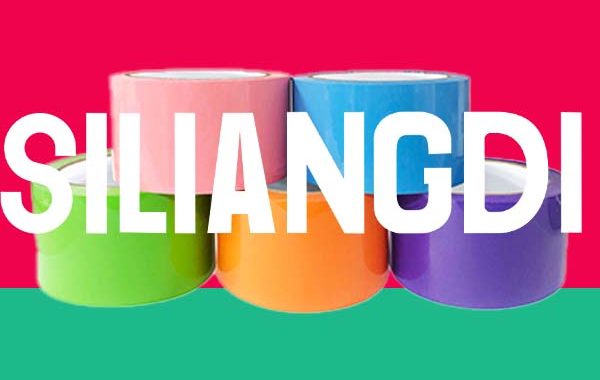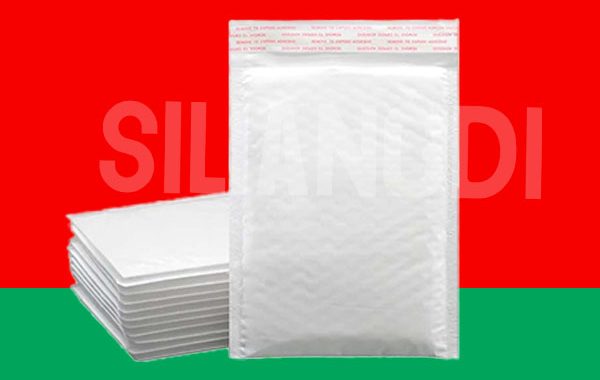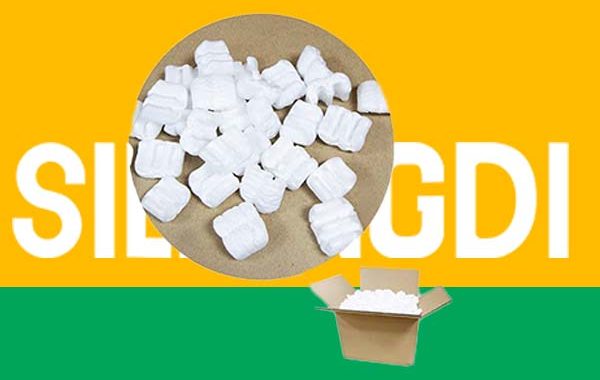Redefining the Strategic Value and Application Art of Stretch Film in Gift Packaging for the U.S. Premium Market
In the U.S. premium gift market, every detail of packaging carries the brand’s commitment to quality. When traditional packaging materials can no longer meet the dual demands of protection and aesthetics in modern e-commerce, stretch film – once considered an industrial material – is emerging as the invisible guardian of high-end gift packaging, thanks to its exceptional performance and unique texture.
Three Strategic Values of Stretch Film in Gift Packaging
- Ultimate Protection Solution
Stretch film’s excellent elasticity and self-adhesion allow it to tightly wrap gifts, creating a stable integrated structure. Compared to traditional packaging materials, it effectively prevents content shifting and loosening, making it particularly suitable for multi-item gifts or irregularly shaped products. - Visual Expression of Modern Aesthetics
High transparency and uniform stretch texture create a unique “second skin” effect for gifts. This modern industrial aesthetic not only showcases the brand’s craftsmanship but also enhances the gift’s mystery and anticipation through subtle visual effects. - Innovative Choice for Sustainable Packaging
Modern stretch film is evolving toward environmental sustainability, with many brands now offering recyclable or biodegradable stretch film products. This perfectly aligns with the U.S. market’s sustainability requirements, allowing brands to provide exceptional protection while practicing environmental responsibility.
Comparison Table: Stretch Film vs. Traditional Gift Packaging Materials
| Feature Dimension | Industrial Stretch Film | Premium Stretch Film | Wrapping Paper | Gift Box |
|---|---|---|---|---|
| Protection | ⭐⭐⭐⭐⭐ | ⭐⭐⭐⭐ | ⭐⭐ | ⭐⭐⭐ |
| Visual Appeal | ⭐⭐ | ⭐⭐⭐⭐ | ⭐⭐⭐⭐ | ⭐⭐⭐ |
| Ease of Use | ⭐⭐⭐ | ⭐⭐⭐⭐ | ⭐⭐ | ⭐⭐⭐⭐ |
| Cost Efficiency | ⭐⭐⭐ | ⭐⭐⭐ | ⭐⭐ | ⭐⭐ |
| Eco-Friendliness | ⭐⭐ | ⭐⭐⭐⭐ | ⭐⭐⭐ | ⭐⭐⭐⭐ |
Innovative Application Strategies for Premium Gift Stretch Film
- Layered Packaging Design
Combine stretch film with other materials: wrap gifts in tissue paper first, secure with stretch film, and finish with custom ribbons. This multi-layer approach enhances protection while creating a rich unboxing experience. - Brand Customization Solutions
Opt for color-customizable stretch film or use custom stretch film with brand identifiers. Subtle brand details often create the most lasting brand impressions. - Smart Packaging Combinations
Integrate stretch film with smart packaging technologies: use temperature-sensitive stretch film or design easy-tear openings at specific positions to make the unboxing process both convenient and surprising.
Implementation Recommendations
- Choose stretch film specifically designed for gift packaging, ensuring good hand-tear performance and appropriate adhesion
- Invest in professional stretch film packaging tools to improve efficiency and consistency
- Train teams in professional stretch film packaging techniques to ensure every detail meets brand standards
Siliangdi remains committed to innovation, quality, and service. We will continue developing and producing more eco-friendly, high-performance packaging materials, striving to provide exceptional packaging solutions for more enterprises. Together, we enhance brand value and market competitiveness.
Contact Us for Custom Sizes & Private Label Options
Email:packing@siliangdi.com
Email:SLD@siliangdi.com




